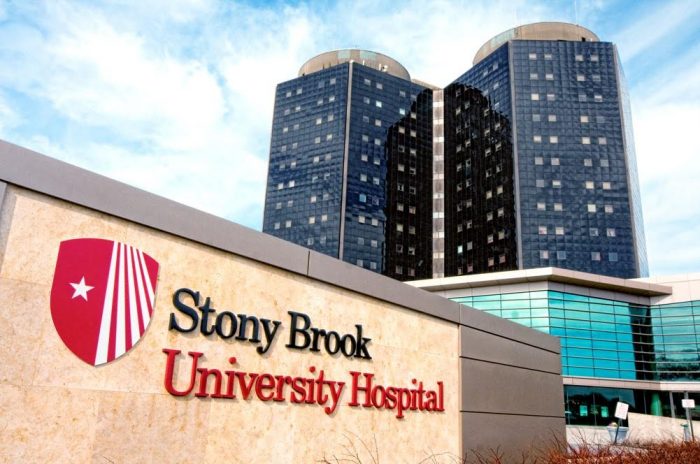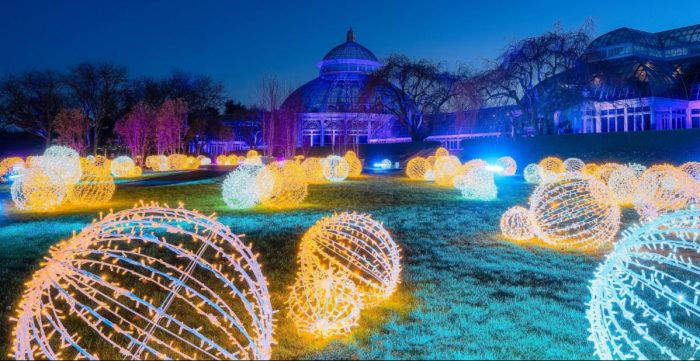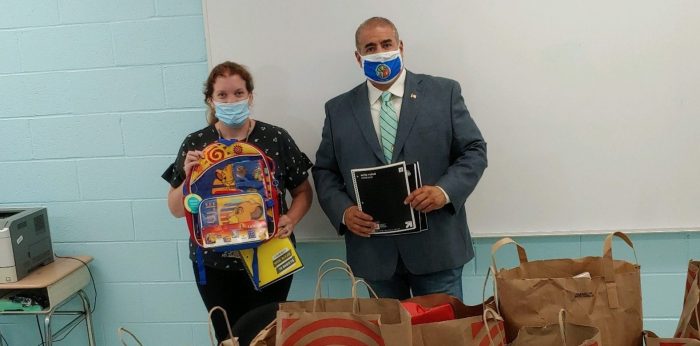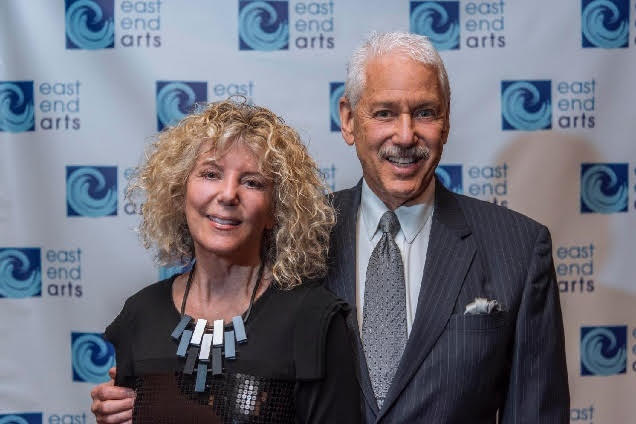According to new research released by Healthgrades, Stony Brook University Hospital (SBUH) has earned national recognition as one of America’s 50 Best Hospitals for Cardiac Surgery™, one of America’s 100 Best Hospitals for Coronary Intervention™ for seven consecutive years, one of America’s 100 Best Hospitals for Cardiac Care™ for eight consecutive years and one of America’s 100 Best Hospitals for Stroke Care™ for seven years in a row. Every year, Healthgrades, a leading online resource that connects consumers, physicians and health systems, evaluates hospital performance at nearly 4,500 hospitals nationwide for 31 of the most common inpatient procedures and conditions.*
“As the new leader of the Stony Brook Medicine healthcare system, I’m delighted by all that Stony Brook University Hospital has accomplished to earn this well-deserved recognition,” said Hal Paz, MD, Executive Vice President, Health Sciences, Stony Brook University. “I’m excited to be part of an organization that is so fully committed to quality patient outcomes, and enhancing the lives of our patients, their families and the community.”
“Being named as one of America’s best year after year shows our staff’s commitment to providing nationally recognized high-quality care to every patient who walks through our doors,” said Carol A. Gomes, MS, FACHE, CPHQ, Chief Executive Officer for Stony Brook University Hospital. “These exceptional patient outcomes are a direct result of Stony Brook’s dedication to maintaining the highest standards of service.”
“Consumers can feel confident in the America’s 100 Best Hospitals for Cardiac and Stroke Care for their commitment to quality care and exceptional outcomes. The recognition helps provide peace of mind when selecting a place for care,” said Brad Bowman, MD, Chief Medical Officer and Head of Data Science at Healthgrades.
This year, Stony Brook University Hospital has taken many steps to raise the bar for cardiac care on Long Island. The Stony Brook University Heart Institute opened its Cardiac Catheterization (Cath) and Electrophysiology (EP) Advanced Multifunctional Laboratory, bringing more advanced cardiac diagnosis and treatment to patients. Central to the lab’s operation is the latest-generation image-guided diagnostic and therapeutic imaging system, the Philips Azurion 7, which provides imaging capabilities at ultra-low radiation dose levels — allowing physicians to conduct more complex procedures with greater precision and adding a significant measure of safety for both the patients and medical team. The Heart Institute also added the Center for Advanced Lipid (Cholesterol) Management, the first of its kind in Suffolk County. The center uses testing tailored to each patient to get a complete understanding of inflammatory markers, lipid profile, apolipoprotein B levels and more. From there, Stony Brook experts can develop a cardiac disease prevention and cholesterol management plan.
Stony Brook Medicine continues to operate Long Island’s first and only Mobile Stroke Unit Program, designed to provide specialized, lifesaving care to people within the critical moments of a stroke before they even get to the hospital. This allows for time-sensitive stroke therapies to be administered earlier and for the transport of stroke patients directly to the most appropriate hospital for the level of care they require.
In 2021, SBUH received the American Heart Association/American Stroke Association’s Gold Plus Get With The Guidelines® – Stroke Award with Target: Stroke Elite Plus Honor Roll and Target: Type 2 Diabetes Honor Roll. The award recognizes Stony Brook Medicine’s commitment to ensuring stroke patients receive the most appropriate treatment according to nationally recognized, research-based guidelines based on the latest scientific evidence.
Stony Brook University Hospital was also recognized by Healthgrades for the following clinical achievements:
- America’s 100 Best Hospitals Award for 3 years in a row (2019-2021)
- Cardiac Care Excellence Award for 8 years in a row (2015-2022)
- Coronary Intervention Excellence Award for 8 years in a row (2015-2022)
- Cardiac Surgery Excellence Award for 2 years in a row (2021-2022)
- Neuroscience Excellence Award for 7 years in a row (2016-2022)
- Stroke Care Excellence Award for 7 years in a row (2016-2022)
- Cranial Neurosurgery Excellence Award for 3 years in a row (2020-2022)
For its analysis, Healthgrades evaluated approximately 45 million Medicare inpatient records for nearly 4,500 short-term acute care hospitals nationwide to assess hospital performance in 31 common conditions and procedures and evaluated outcomes in appendectomy and bariatric surgery using all-payer data provided by 16 states. Healthgrades recognizes a hospital’s quality achievements for cohort-specific performance, specialty area performance, and overall clinical quality. Individual procedure or condition cohorts are designated as 5-star (statistically significantly better than expected), 3-star (not statistically different from expected) and 1-star (statistically significantly worse than expected).
###
About Stony Brook University Hospital:
Stony Brook University Hospital (SBUH) is Long Island’s premier academic medical center. With 624 beds, SBUH serves as the region’s only tertiary care center and Regional Trauma Center, and is home to the Stony Brook University Heart Institute, Stony Brook University Cancer Center, Stony Brook Children’s Hospital and Stony Brook University Neurosciences Institute. SBUH also encompasses Suffolk County’s only Level 4 Regional Perinatal Center, state-designated AIDS Center, state-designated Comprehensive Psychiatric Emergency Program, state-designated Burn Center, the Christopher Pendergast ALS Center of Excellence and Kidney Transplant Center. It is home of the nation’s first Pediatric Multiple Sclerosis Center. To learn more, visit stonybrookmedicine.edu/sbuh.



















